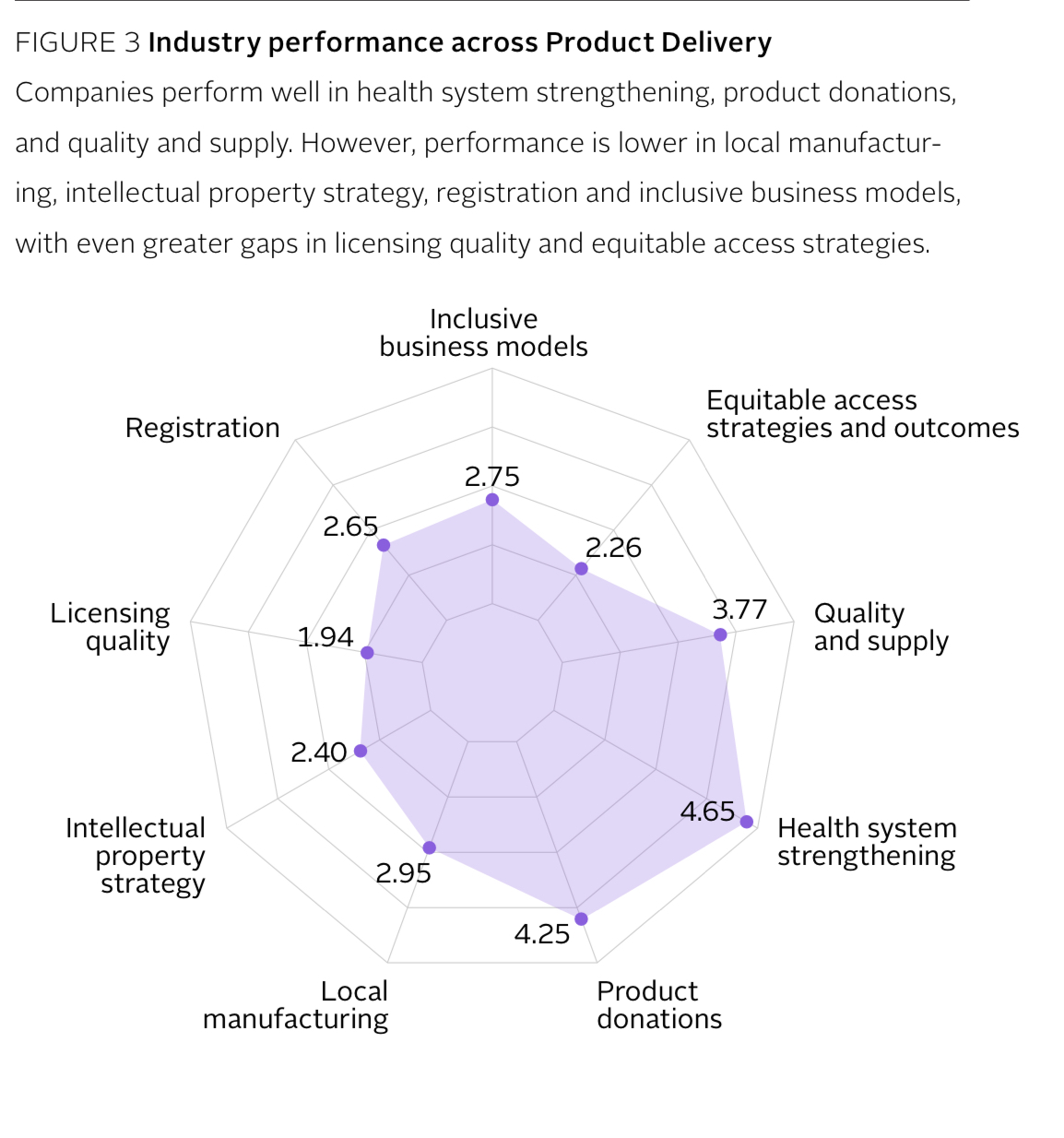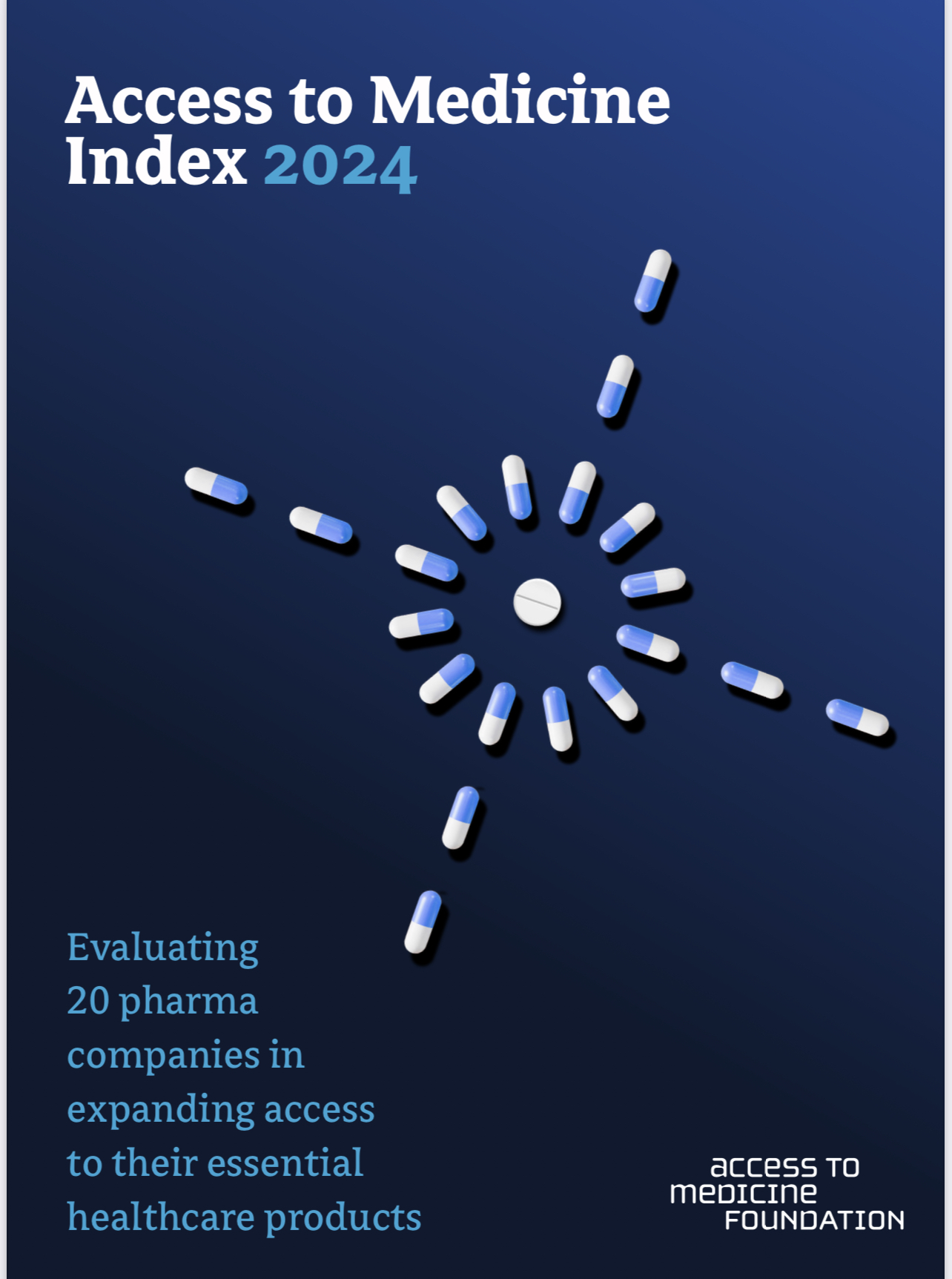The 2024 Access to Medicine Index, published by the Access to Medicine Foundation (ATMF), paints a stark picture of the global pharmaceutical industry’s progress—or lack thereof—in expanding access to essential healthcare in low- and middle-income countries (LMICs).
While some companies have made commendable strides, the report reveals that much of their potential remains unrealized, leaving vulnerable populations underserved. “There are significant opportunities to scale access and finally bridge the health equity gap for billions around the world,” said Dr. Jayasree K. Iyer, CEO of the ATMF, during a press briefing. She added, “The tools exist, and so do the partnerships. What we need now is sustained commitment and deliberate action to reach those who have been left behind for far too long.”
Progress, but Not Enough The Index, which evaluates 20 of the world’s largest pharmaceutical companies, found that while some efforts are underway, they fall far short of what is needed to address the healthcare inequities that persist in LMICs.
Novartis, for the first time, ranked first, overtaking longtime leader GSK, but the overall industry performance has declined since the last Index in 2022. The report highlighted that only 43% of clinical trials take place in LMICs, home to 80% of the global population. For low-income countries specifically, this figure plummets to just 3.5%. This disparity is more than a statistic—it has real human consequences.
Access to new treatments often depends on where trials are conducted, meaning millions in these regions are systematically excluded from the benefits of medical innovation. A Shared Responsibility Dr. Iyer spoke with conviction about the collective responsibility of pharmaceutical companies, governments, and investors to address these gaps. “Sub-Saharan Africa bears 20% of the global disease burden but relies on imports for up to 90% of its pharmaceutical needs.
This imbalance is unacceptable,” she said, citing the economic toll of over $2.4 trillion annually due to preventable diseases in the region. She emphasized that innovative approaches, such as voluntary licensing agreements and technology transfers, could change the narrative. However, the report showed a troubling trend: voluntary licensing has slowed significantly, with only two new agreements in 2024 compared to six in 2022.
The Human Impact Behind these numbers are stories of people waiting for life-saving treatments. Parents in rural Africa struggle to find affordable medicines for their children’s chronic illnesses. Patients with diabetes, cancer, and cardiovascular diseases—conditions disproportionately affecting LMICs—often go untreated. “Every delay in expanding access to medicine translates to more lives lost and communities devastated,” Dr. Iyer stated.
The Index also revealed missed opportunities in inclusive business models, which aim to make healthcare accessible in underserved regions. While companies like Novartis and Pfizer are adopting these models, their impact remains limited due to poor implementation and lack of transparency.
Solutions on the Horizon, Claudia Martinez, Research Director at ATMF, pointed to specific areas where progress can be made. She emphasized the need for companies to invest in building clinical trial capacity in LMICs, particularly in Africa. “The infrastructure exists in places like South Africa, Nigeria, and Kenya,” Martinez noted. “The challenge lies in companies’ willingness to expand their efforts and commit to long-term partnerships.”
She also called for a renewed focus on technology transfers, which enable local production of essential medicines. “Right now, these efforts are heavily skewed toward upper-middle-income countries like China and India, leaving Africa behind,” she explained.
Hope for Change Despite the challenges, Dr. Iyer remains optimistic. She highlighted recent advancements, such as the establishment of the African Medicines Agency to harmonize regulatory frameworks across the continent and the growing interest in local manufacturing initiatives. “We’ve seen what’s possible when global health becomes a priority, as it did during the COVID-19 pandemic,” she said.
“Now, it’s time to apply those lessons to other diseases and regions.” A Call to Action The 2024 Access to Medicine Index is more than a report; it’s a blueprint for change. Dr. Iyer’s parting words were a rallying cry: “Strengthening access to medicines in LMICs is not just about fairness—it’s about resilience.
By acting decisively now, we can create a future where no one is left behind.” For more information and a detailed analysis of the findings, visit the Access to Medicine Foundation website.



















